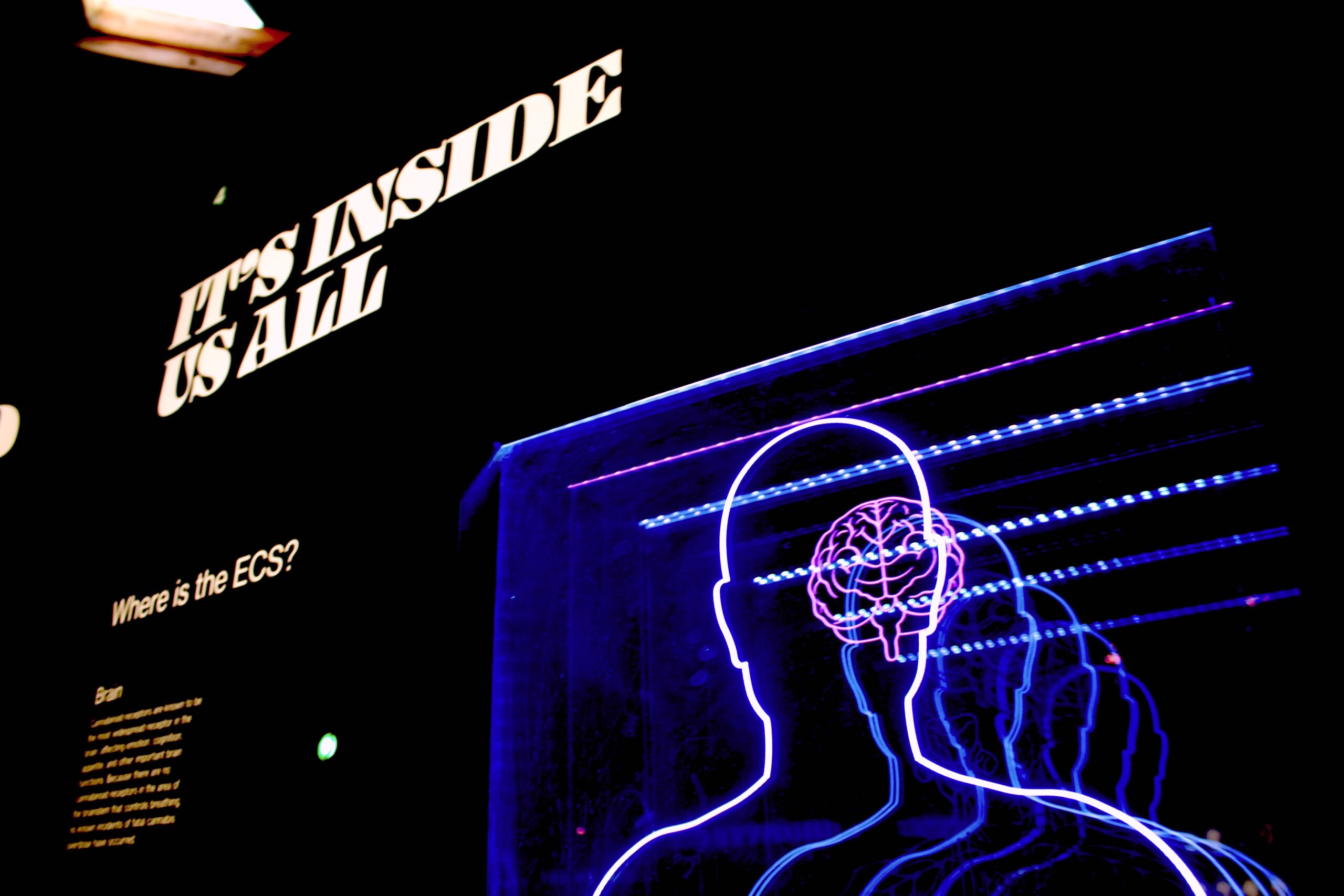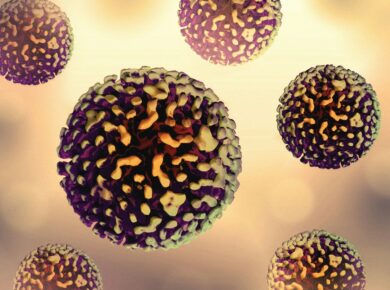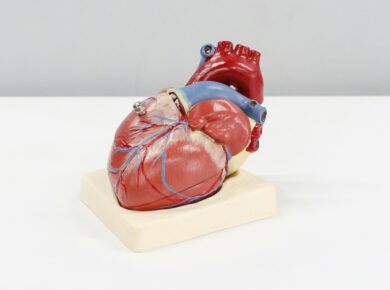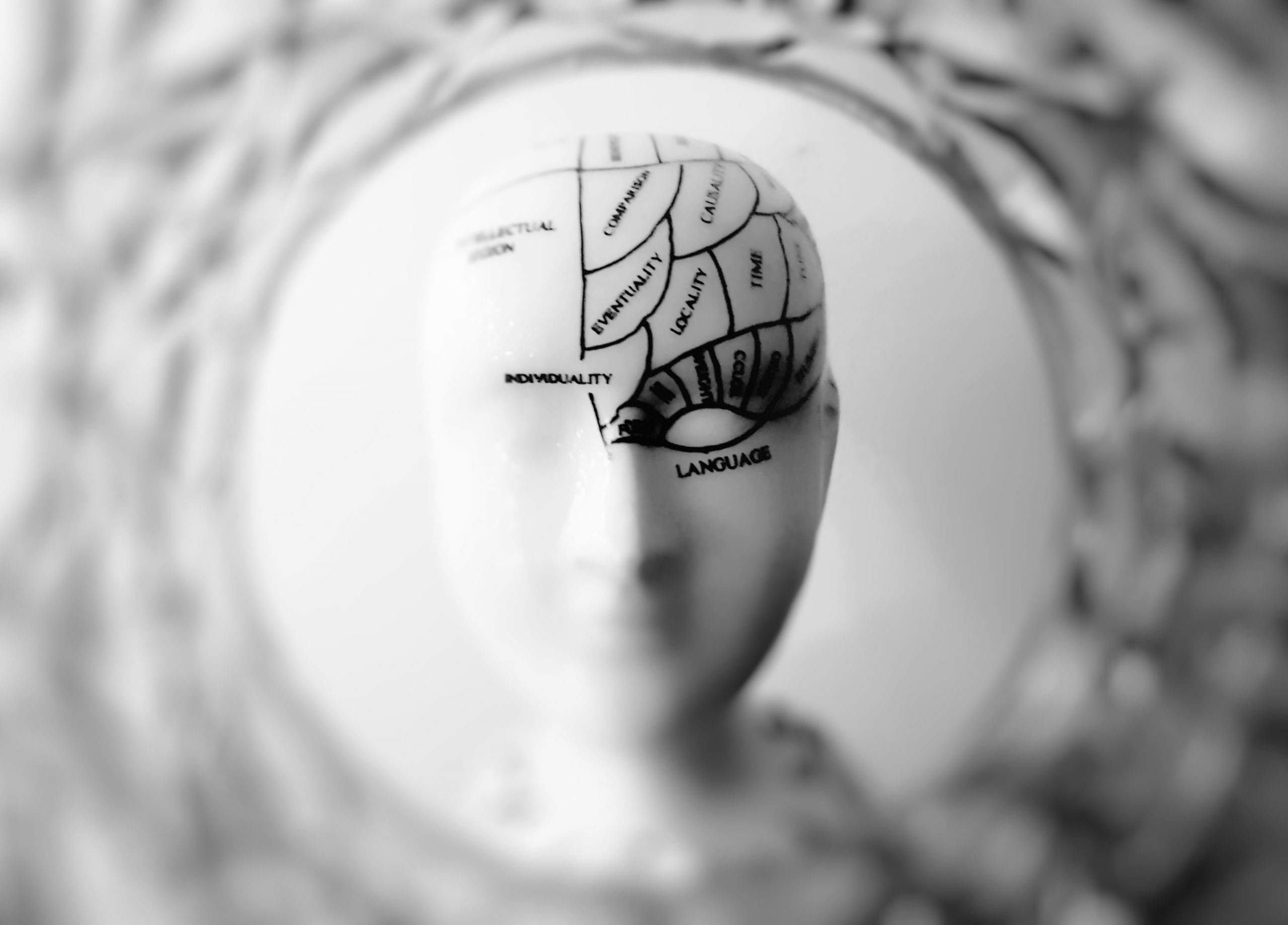Young age in general terms covers the age range of 10-24 years, and it is one of the most crucial stages in the lifespan of man. It is essentially the stage between childhood and adulthood which precariously determines the outcome of a life.
Unfortunately, it is often mismanaged because the custodians of this cohort namely parents, teachers and other significant stakeholders do not have a well-thought-out training agenda or at worst deploy ineffective traditional training techniques that have not essentially proven useful.
Introduction
It is however true that substantial and dramatic changes in behaviour, thinking capacities and identity that occur during the teenage years can make it difficult to recognise mental ill-health in adolescents and young adults.
Although mental disorders reflect psychiatric disturbances, adolescents may be more broadly affected by mental health issues. Some various difficulties and burdens interfere with adolescent development and adversely affect the quality of life emotionally, socially and vocationally.

Mental health Problems
Mental health problems seem to have increased considerably among adolescents in the past 20 to 30 years. The rise has been driven by social change, including disruption of family structure, growing youth unemployment, and increasing educational and vocational pressures.
Globally, it is estimated that 10-20% of adolescents experience mental health conditions. Half of all mental health conditions start by 14 years of age, but most cases are undetected and untreated. Suicide is the second leading cause of death among people who fall within the(15-29) age bracket.
Adolescent Depression
Depression in adolescents is a major risk factor for suicide, the second-to-third leading cause of death in this population. Girls are two times more likely than boys to be diagnosed with depression in adolescence and throughout their lives. But boys have anger issues and engage in risky behaviour.
Lower self-esteem
Lower self-esteem and anxiety over their body image experienced by adolescent girls when compared to boys in the same age group is known to result in a higher prevalence of depression and eating disorders in adolescent girls when compared to adolescent boys. In adults, there is a high incidence of depression and anxiety among women, while antisocial behaviours and substance use disorders are higher in men. The major manifestations of mental and emotional illness are as follows:
Risk-Taking Behaviours and Violence
Many risk-taking behaviours for health, such as substance use or sexual risk-taking, start during adolescence. Risk-taking behaviour can be both an unhelpful strategy to cope with poor mental health and can severely impact an adolescent’s mental and physical well-being.
Perpetration of violence is a risk-taking behaviour that can increase the likelihood of low educational attainment, injury, involvement with crime or death.
Interpersonal violence was ranked the second leading cause of death of older adolescent boys in 2016 worldwide.
It causes nearly a third of all adolescent male deaths in low- and middle-income countries. According to the global school-based student health survey, 42% of adolescent boys and 37% of adolescent girls were exposed to bullying. Sexual violence also affects a significant proportion of youth: 1 in 8 young people report sexual abuse.
Risking-Taking Behaviour
Risk-taking behaviour during adolescence also increases the risks of injury, HIV and other sexually transmitted infections, mental health problems, poor school performance and dropout, early pregnancy, reproductive health problems, and communicable and non-communicable diseases. An estimated 1.7 million adolescents (aged 10-19 years) were living with HIV in 2019, with around 90% in the WHO African Region.
Globally, unintentional injuries were the leading cause of death and disability among adolescents in 2019, while over 115,000 adolescents died as a result of road traffic accidents.
Many of those who died were “vulnerable road users” including pedestrians, cyclists or users of motorized two-wheelers. Drowning is also among the top causes of death among adolescents-more than 30,000 adolescents, over three-quarters of them boys, are estimated to have drowned in 2019.
Emotional Disorders
Certain emotional disorders commonly emerge during adolescence. In addition to depression or anxiety, adolescents with emotional disorders can also experience excessive irritability, frustration or anger. Symptoms can overlap across more than one emotional disorder with rapid and unexpected changes in mood and emotional outbursts.
Younger adolescents may additionally develop emotion-related physical symptoms such as stomach ache, headache or nausea. These may not be significant enough to be classified as mental health disorders, but they could cause dysfunction in the life of the youths.
Emotional disorders can profoundly affect areas like schoolwork and school attendance. Social withdrawal can exacerbate isolation and loneliness, it may lead to depression and ultimately suicide.
Childhood Behavioural Disorders
Childhood behavioural disorders are the second leading cause of disease burden in young adolescents aged 10-14 years and the eleventh leading cause among older adolescents aged 15-19 years.
Childhood behavioural disorders include Attention Deficit Hyperactivity Disorder (characterized by difficulty paying attention, excessive activity and acting without regard to consequences), and conduct disorder (with symptoms of destructive or challenging behaviour).
Childhood behavioural disorders can affect adolescents’ education and may result in criminal behaviour, especially when not resolved.
Eating Disorders
Eating disorders commonly emerge during adolescence and young adulthood. Eating disorders affect females more commonly than males. Conditions such as anorexia nervosa, bulimia nervosa and binge eating disorders are characterized by harmful eating behaviours such as restricting calories or binge eating.
Eating disorders are detrimental to health and often co-exist with depression, anxiety and/or substance misuse. This is not unconnected with the globalization of values that dominate the social psychology of the youth in terms of fashion.
Major Psychiatric Disorders
Conditions that include symptoms of psychosis most commonly emerge in late adolescence or early adulthood. Symptoms can include hallucinations or delusions. These experiences can impair an adolescent’s ability to participate in daily life and education and often lead to stigma or human rights violations. The major psychiatric disorders include:
Depression
This is a major mental health disorder which is of great priority in adolescent mental health because it can be easily missed with grave consequences. It has been observed that at any one time, 8% to 10% of adolescents have severe depression which may not be detected if they do not have professional attention.
It has been discovered that the transition from childhood to adulthood may be marked with depressive illness, especially among boys, but often masked. There is a much-increased incidence among females in adulthood.
There are potential risk factors for developing depressive illness in adolescence, such as low mood, loss of interest in usual activities, some persistent vague complaints of pains in the head and abdomen coupled with self-harming behaviours, social withdrawal and loneliness.
Adolescents with antisocial behaviour such as theft and robbery and abrupt changes in school performance may require some clinical assessment.
There is a close relationship between the abuse of psychoactive substances and depressive illness.
Classical signs and symptoms of severe depressive illness may include Persistent sad or irritable mood, loss of interest in activities once enjoyed, substantial change in appetite or body weight, oversleeping or difficulty sleeping, psychomotor agitation or retardation, loss of energy, feelings of worthlessness or inappropriate guilt, difficulty concentrating, recurrent thoughts of death or suicide.
Anxiety
Five or more of these symptoms (including at least one of the first two) must persist for two or more weeks before major depression can be diagnosed. Anxiety disorders are relatively common in adolescents and often persist into adulthood.
Tobacco, Alcohol and Drug Use
The vast majority of people using tobacco today began doing so when they were adolescents. Prohibiting the sale of tobacco products to minors (under 18 years). Increasing the price of tobacco products through higher taxes, banning tobacco advertising and ensuring smoke-free environments are crucial. Globally, at least 1 in 10 adolescents aged 13-15 years uses tobacco, though there are areas where this figure is much higher.
Drinking Alcohol
Drinking alcohol among adolescents is a major concern in many countries. It can reduce self-control and increase risky behaviours, such as unsafe sex or dangerous driving. It is an underlying cause of injuries (including those due to road traffic accidents), violence and premature deaths. It can also lead to health problems in later life and affects life expectancy.
Worldwide, more than a quarter of all people aged 15-19 years are current drinkers, amounting to 155 million adolescents. The prevalence of heavy episodic drinking among adolescents aged 15-19 years was 13.6% in 2016, with males most at risk.
Cannabis
Cannabis is the most widely used psychoactive drug among young people with about 4.7% of people aged 15-16 years using it at least once in 2018.
Alcohol and drug use in children and adolescents is associated with neurocognitive alterations which can lead to behavioural and emotional. Social and academic problems in later life.
There are about 7 groups of commonly abused drugs namely the central nervous system (CNS) depressants, CNS stimulants, hallucinogens, dissociative anaesthetics, narcotic analgesics, inhalants, and cannabis while the commonest 4 namely, the stimulants (e.g., cocaine) depressants (e.g. alcohol), opium-related painkillers (e.g. heroin), hallucinogens (e.g. LSD)
Conclusion
In Nigeria, the burden of drug abuse is on the rise and becoming a public health concern. Nigeria, which is the most populous country in Africa, has developed a large population as a centre for drug trafficking and usage, mostly among the youth population.
According to the 2018 UNODC report “During use in Nigeria: – the first large-scale, nationwide national drug use survey in Nigeria. One in seven persons (aged 15-64 years) who had used a drug in the past year is suffering from drug-related disorders.
Drug abuse has been a cause of many criminal offences such as theft, burglary, sex work, and shoplifting. You can read more similar posts on our medicine and health page of the site.










